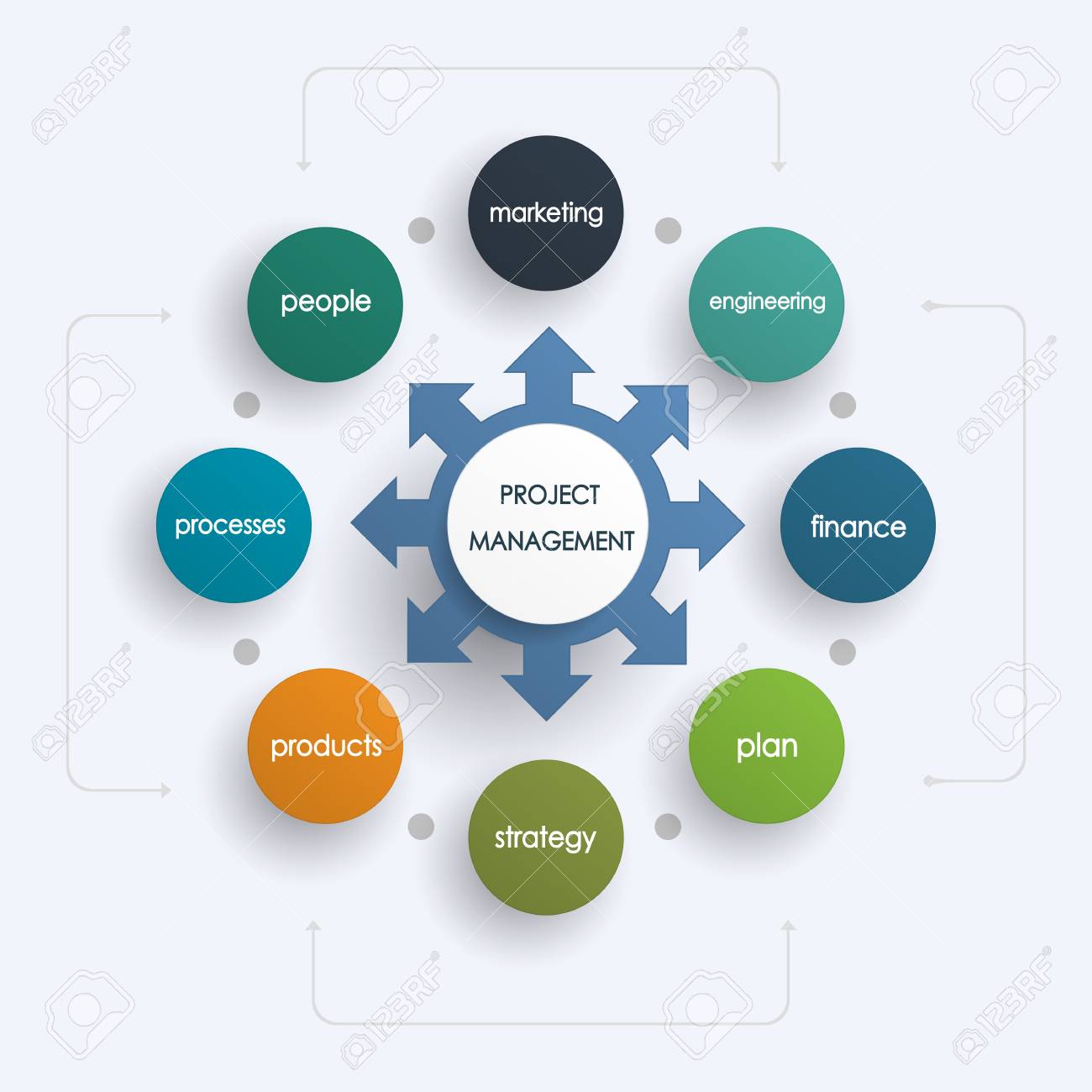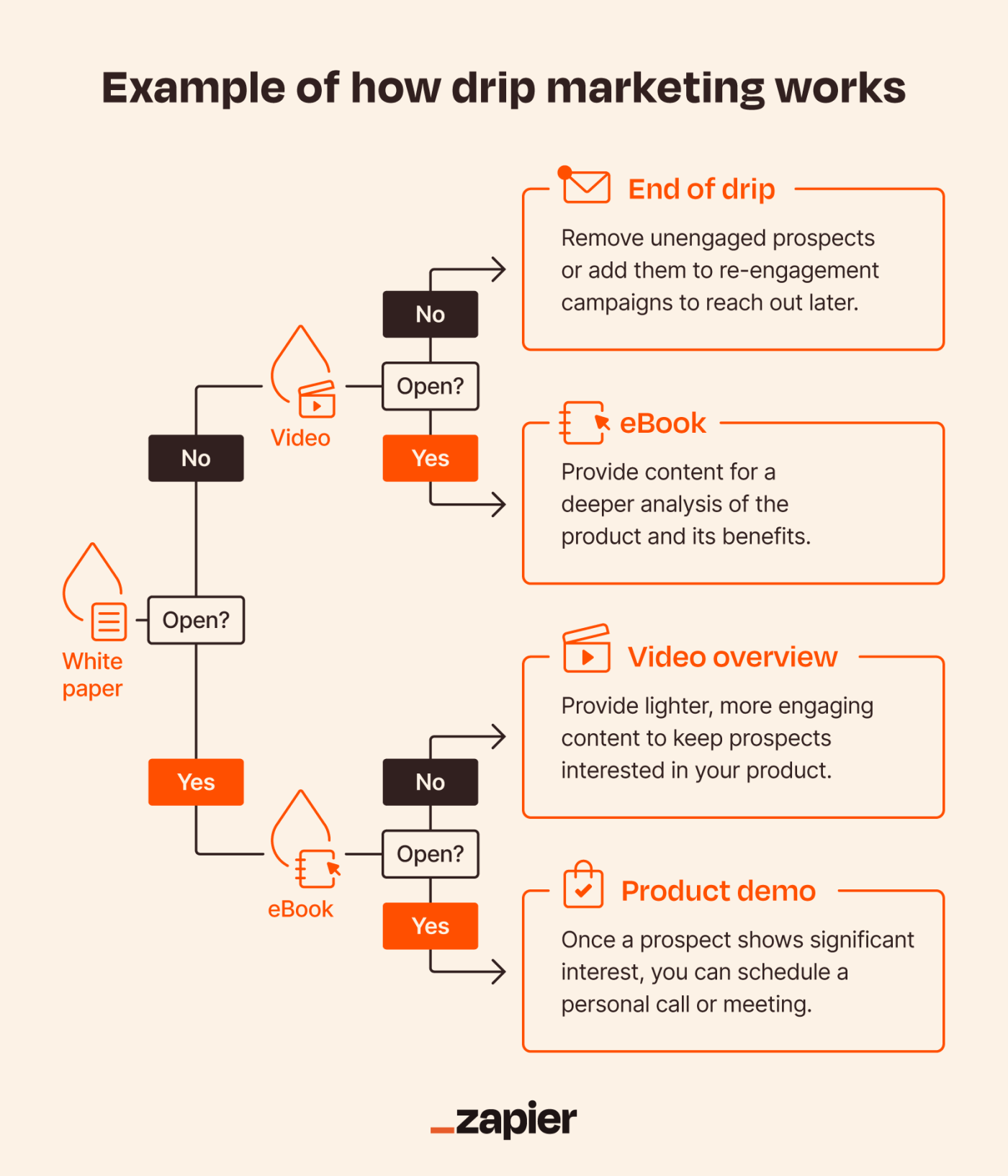
The importance of using social media to provide customer service has never been greater. Responding to customer complaints and inquiries through social media is quicker than email, which can take from one to three days. The average number of complaints worldwide is more than 30%. This trend will only increase as more people become digital natives. Here are some tips on how to use social media to provide customer service. Let's start!
Answering customer questions on social media
There are two major benefits of answering customer questions on social media. It shows your customer care. Positive customer interactions can be promoted. It makes it easy to address technical queries and complaints. You can't leave your customers unhappy, even though it may seem easy to do so. You must respond quickly to customers' social media questions.
Social media interactions can be very different from customer interaction. People who use social media prefer a more informal tone of conversation. Even though the customer may not prefer a polite response or sarcastic one, smiling might help to brighten their mood. It is important to remember that a customer is venting through social media for specific reasons. Ask the customer to contact you via another channel, but don't take the customer at their word. This could be interpreted as disrespectful.

Monitoring social media channels
Monitoring social media channels is a great way of improving customer service. You'll be able to avoid negative feedback about your company and "wow" customers by providing great customer service. Customer insight can be described as a non-obvious view of customer behavior that you can use in order to improve your business. This is where modern measurement tools are useful. These metrics include the total revenue or sales.
One of the most important metrics to look for is the average response time (ASA). This number gives you an idea of how responsive your team is to customer issues. It can also give you an idea about your customer satisfaction levels. This is calculated by multiplying total response time and total responses. This number can be viewed in the reports of Juphy users. A higher ASA signifies that more resources are needed. You may need to increase resources if your average response time is longer than the desired number per day.
Measuring response speed
The key to determining the speed at which your company can answer customer questions is measuring response times on social media. Facebook's average response time is one hour and 56 minutes. This compares to the minimum of 30 minutes. Since social media is a more thoughtful platform, the response time on Facebook is longer than it is on other platforms. You can ensure fast responses by balancing thoughtful planning with rapid responses.
Because it helps you determine how quickly customers get their questions answered, measuring response time is particularly important for social media. It can also be used as an operational measure. Help Scout can help you measure the time it takes to resolve a customer query. This measurement also takes into account edge cases. It measures how long it takes for an agent reply to the first message that a customer sends.

Setting customer expectations
It is possible to reply to every comment. However, it is not wise to establish expectations for customer service via social media. Public status updates will reach a wider audience. In the Customer Experience Trends Report 2020, half of customers would switch to a competitor if they're unsatisfied with support. By monitoring your social profiles and providing quality customer support, you can improve the overall experience.
Your customer base will grow, so tailor your customer service approach accordingly. While there are some general guidelines to follow, social media customers are likely to expect different experiences than they would if they had to contact you through other channels. Brands can build brand loyalty, increase revenue and respond quickly to complaints. While using social media to provide customer service is a good strategy, there are some important challenges. These include complexity in your workflow and the technology investments you make.
FAQ
What is the goal of content-marketing?
Content marketing aims to create valuable and relevant information for customers. This can be achieved through various channels, such as email campaigns and white papers. Delivering value is key.
What is strategic Content Marketing?
Content Marketing is about creating and sharing valuable content across multiple channels. It is all about giving people what you want. This understanding is key to the success of any company.
Strategic Content Marketing gives you the ability to provide exactly what your clients need at precisely the right time.
It is important to understand what people care about, and to listen to their thoughts. Next, you need to create high-quality content which answers their questions or solves their problems. This builds trust and loyalty, and makes sure you're always available when they need your product/service.
Why do I need to have a Content Marketing Strategy. Why not send out emails or share social media updates?
There are two main reasons why you might not want to use a Content Marketing Strategy.
-
It might seem that social media posts and email marketing are sufficient to get people talking.
-
If you've never tried email marketing, or posted on social networks, it's easy to assume this type of content is not feasible.
Both of these assumptions is incorrect.
Email marketing and social media posts can be great ways to communicate with customers and prospects. However, these are not sufficient.
A single email campaign won't be enough to help you achieve your goals. An email campaign alone won't help you reach your goals. It must be part of larger strategies. You can't rely on social media to help you reach your goals. These posts should be part of a larger plan.
This is where the Content Marketing Strategy comes into play. Creating a strategy that sets clear objectives for each piece of content allows you to manage your entire content creation process.
You'll have more time to concentrate on other important aspects of running your company, such as growing your audience and increasing conversions.
Although there are many benefits to a Content Marketing Strategy it does not mean that it is easy.
It is important to have a strategy.
What is the difference of content marketing and content production?
Content marketing refers to the idea that great brands all have the same message. They consistently deliver the valuable information people want and require.
Content marketers are experts in creating the right content to fit each channel and at different times.
They also know how to implement a successful strategy in promotion and distribution.
This means that they strategically think about what they do, and why it matters.
This is the foundation skill set required to be a successful content marketing professional.
Statistics
- In fact, would pay more for a better customer experience, and 86% of B2B buyers would pay more. (neilpatel.com)
- Seventy-two percent business to business (B2B) (mailchimp.com)
- An example of an overarching goal could be: "In 2022, we want to achieve a 20% increase in revenue created by organic content and generate 15,000 MQLs with a budget of $30,000." (semrush.com)
- We found that 40% of businesses don't have a documented strategy yet. (semrush.com)
- According to the Content Marketing Institute, 70% of B2B marketers and 86% of B2C marketers surveyed use content marketing in some form or other. (criteo.com)
- Measure your goals with a progress indicator of 0-100%. Make your goals collaborative and transparent (semrush.com)
- Companies that use content marketing see approximately 30% higher growth rates than businesses not using it. (mailchimp.com)
- To further show the importance of this, 89% of people have stopped doing business with a company because of a poor experience. (neilpatel.com)
External Links
How To
How to make a video for content-marketing?
Videos for content marketing are one of most powerful ways to communicate your message with your audience. By sharing stories that matter to them, they help you connect with your target market. How can you make your videos stand out? Here are some tips for creating videos that get noticed!
-
You should first know when creating a video that there's no such thing as "one size fits all." You want to tailor your video to speak directly to your audience. If the message you are trying to communicate isn't applicable to everyone, why would they watch it?
-
Don't choose the cheapest platform when choosing a platform. Many platforms are available today, including YouTube, Vimeo, Facebook Live, Periscope, Instagram, and Snapchat. Each platform has different features and benefits; if you choose wisely, you could save money while boosting engagement.
-
Don't forget to include subtitles when filming! It will help you understand your language barriers better and make your videos more accessible.
-
And finally, remember to ask yourself these three questions before beginning: Who am I talking to? Why am I making this particular video? What is my video about? Once you have answered those questions, you'll find that creating videos becomes much easier!